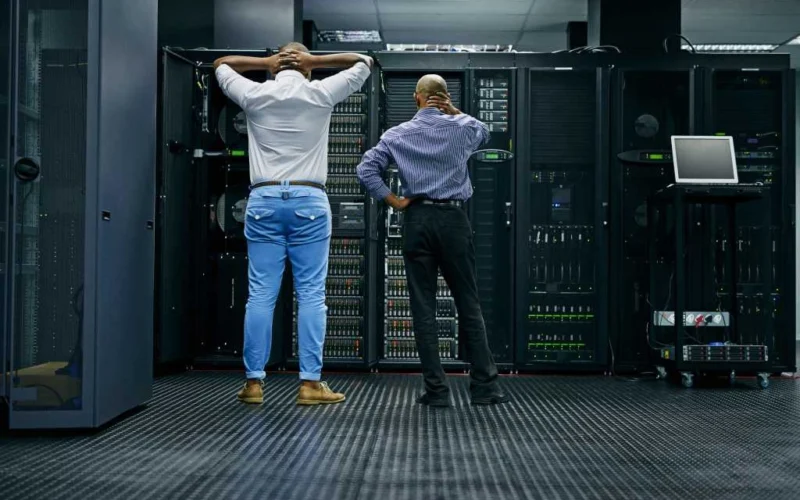Samsung Electronics has announced a significant price increase for its DDR5 memory chips, raising costs by as much as 60%. This price hike is set to affect data center infrastructure costs for enterprises that are in a race to implement AI capabilities. For instance, the contract prices for 32-gigabyte DDR5 memory modules climbed from $149 in September to $239 in November.
The increase in prices also affects other DDR5 chip variants. The 16GB and 128GB DDR5 chips have gone up by about 50%, currently priced at $135 and $1,194 respectively, while the 64GB and 96GB modules have seen increases of over 30%. This trend follows Samsung’s choice to delay its typical October pricing announcement, indicating heightened tensions in negotiations.
The DDR memory chips are essential for servers and computing devices, playing a crucial role in data management and rapid data transfer to enhance performance. As demand for AI infrastructure grows, these chips have become critical bottlenecks, leading manufacturers to prioritize the production of memory for AI applications.
Samsung is not operating in isolation; it is part of a broader industry trend. Recently, TrendForce reported that both Samsung and SK Hynix have raised the prices of DRAM and NAND flash memory by up to 30% for the fourth quarter. SK Hynix has previously stated that its high-bandwidth memory (HBM), DRAM, and NAND capacities are already sold out for 2026, showcasing the growing pressure on supply chains from escalating AI demands.
Analysts highlight that manufacturers are redistributing their production capacities, with HBM requiring significantly more wafer capacity than standard DRAM. This shift is the result of a rapid decline in memory inventories, enhancing the power of chipmakers such as Samsung in negotiations. The delayed pricing announcement from Samsung mirrors these negotiations, illustrating a transition of power to suppliers as AI demand surges.
In light of these developments, industry experts speculate that the overall cost of servers will increase by 10-25% due to memory prices, pushing organizations to change their budgeting and procurement strategies substantially. CIOs are advised to prepare for potential financial pressures as the memory market converts from a cyclical commodity to a strategic bottleneck.
Looking ahead, enterprises can anticipate price resets each quarter, necessitating proactive procurement measures for memory components. This monitoring is particularly vital for organizations intending to build AI infrastructures.
Ultimately, as Samsung plans to establish a new memory production line in South Korea set to commence mass production by 2028, immediate relief appears unlikely. The automotive and consumer electronics sectors will also feel the sting of increased memory prices, compounding challenges for manufacturers operating on slim margins.
Given this constrained environment, businesses are urged to integrate their memory procurement strategies within broader operational strategies to mitigate the risks associated with fluctuating memory supply and prices.











